MiljöVis II & MålVis 2022 – 2024
The project aims to develop and scale up new methods and solutions for 3D-visualization of invisible data (air, sound, and social consequences)
infravis
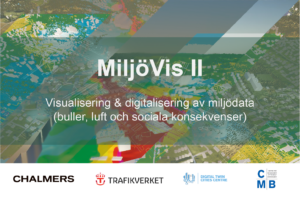
The project aims to develop and scale up new methods and solutions for 3D-visualization of invisible data (air, sound, and social consequences)
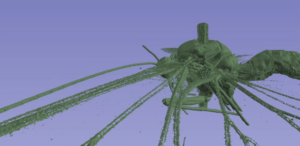
Initially an InfraVis pilot project, the VR lab at LTH has worked with Sridhar Halali, a researcher at the LU Dept. of Biology. As part of his work to understand how butterflies have evolved in response to environmental changes, Dr Halali has collected a dataset of microCT scans of butterflies. The specific trait of interest is in this case the shape of the head. It can, however, be a greatly time-consuming task to isolate body segments in a large 3-dimensional dataset using the 2D interface of the standard software (3D Slicer). This is where the VR Lab comes in, analyzing the problem, building on existing plugins for visualization and interaction in VR, and parallel processing to implement a solution to facilitate the task.
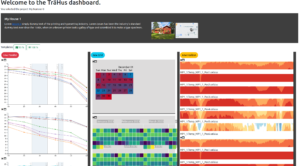
Monitoring of Wooden houses: Time series of sensors data measuring
humidity, temperatures, vibrations and weather conditions.
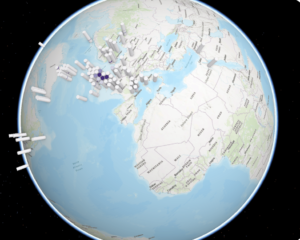
This project aim to demonstrate the availability of a long-term record of biodiversity data which could be used to understand the biodiversity implications of the current climate and extinction crisis. The visualisation can lead to a discussion about the regulations for sound environments, and to the initiation of new research questions about health effects.
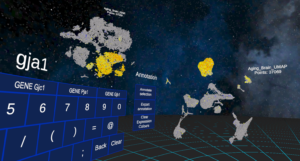
The project aims at designing an infrastructure that supports VR applications in the cloud using 5G/6G.
The visualisation can lead to a discussion about the regulations for sound environments, and to the initiation of new research questions about health effects.
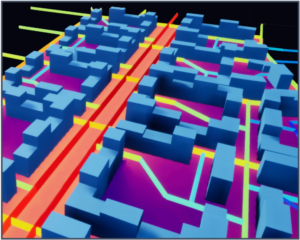
We develop an interactive map where the impact of noise is dynamically visualised through heatmaps over the course of a day as a synthesis of pedestrian traffic and noise level at a certain place and time.
The visualisation can lead to a discussion about the regulations for sound environments, and to the initiation of new research questions about health effects.
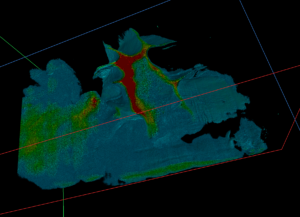
Epilepsies are a family of devastating disorders characterized by spontaneous, recurrent seizures. It is one of the most common brain disorders and considered the most burdensome neurologic disorder worldwide. Available pharmacological treatments are only symptomatic, often with side effects and fail to adequately control seizures in one third of patients.

We develop interactive spatio-temporal views of arctic areas affected by climate change, where the researchers can register their data and compare the material to trace the changes of the landscape over time.
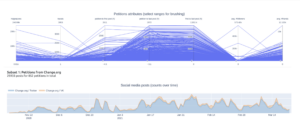
Researchers in political science make use of an information visualization dashboard to understand how the contents of social media posts addressing published e-petitions relate to the theoretical model of mobilisation strategies.
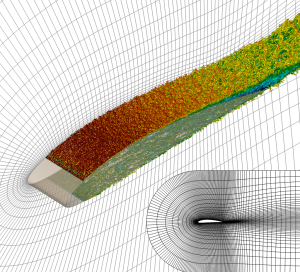
The researchers visualize the behavior of wind around airplane wings while the simulation is running on a supercomputer. A deeper insight into wind behavior will aid engineers in designing more efficient aircraft.